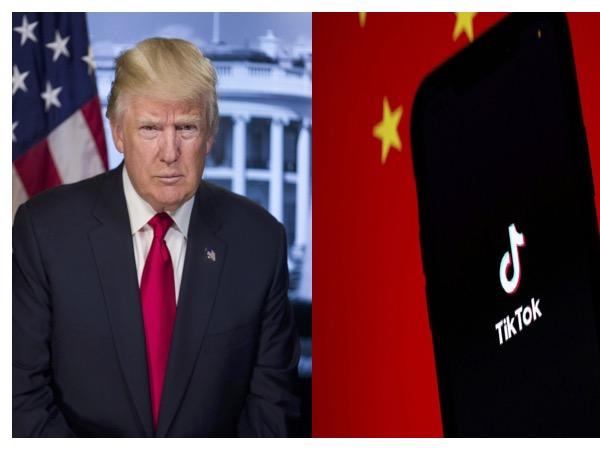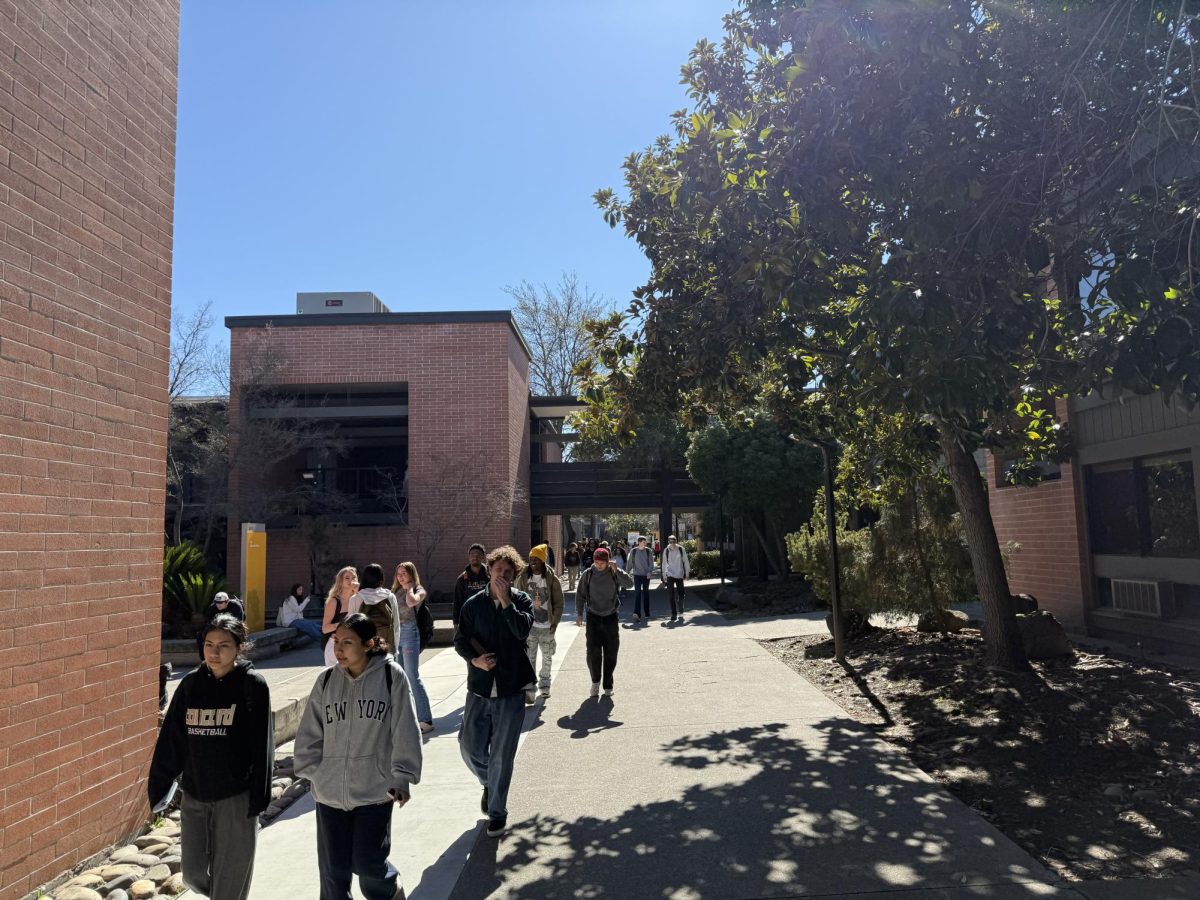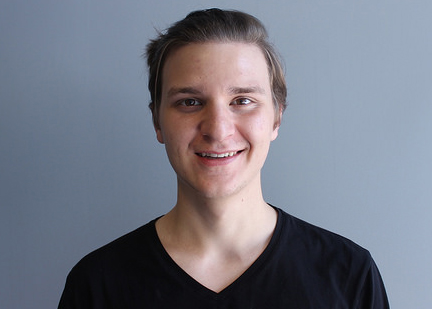The truth about Hip-Hop
It’s more than just molly and percocets.
September 17, 2017
In the year 2017, hip-hop is undoubtedly the most popular music genre. Take a look at the top 50 chart or the Billboard 200 and more often than not it will be filled to the brim with hip-hop songs and albums. In my opinion, rap is misunderstood as promoting poor choices when in reality most of it is about creativity and expression.
However, this doesn’t stop a portion of the populous from outright detesting hip-hop as a whole. In my experience, it’s right up there with country music as the stereotypical “worst” genre. On the surface it’s all about hedonism; drugs, sex and violence make up a lot of the lyrics, but I’m not sure that’s necessarily true.
Admittedly, lots of the mainstream MCs, or “Masters of Ceremony,” do adhere to the stereotype. Popular rappers like Future, Migos, Playboi Carti, and Kodak Black more often than not fill their music with explicit references. Combine that subject matter with generally repetitive refrains and mediocre lyrics, and you can see why many music listeners feel the way they do.
Flaws aside, there’s no doubting the influence these stars have on youth culture. They’re fashion icons, they’re statement makers, they’re the very definition of modern day cool, although we don’t even say “cool” anymore, we say “lit” or “dope” and guess who we have to thank?
This influence leads to some problems though, with the two most popular singles of the year, Future’s “Mask Off,” and Migos’ “Bad and Boujee,” being heavily drug soaked and violent. Having “percocet, molly percocet” and “cookin’ up dope with an uzi” included in their respective choruses, I think it’s safe to say that songs like these step into glorification territory.
There’s a growing opioid problem in America, with The New York Times reporting a massive uptick in drug overdoses, making it the leading cause of death of people under 50. Up to 60,000 people died in 2016 from overdose, with the number expected to increase drastically over the course of 2017. If you ask me this is no coincidence.
That’s not to say that all hip-hop negatively influences youth, though. J. Cole, Logic, and Kendrick Lamar are all considered in the upper echelon of the genre and generally preach a positive message, perpetuating political activism and the acknowledgement of mental health issues.
I don’t think you could construe “It can be so hard, but you gotta live right now, you got everything to give right now (Logic – 1-800-273-8255)” or “curse me till I’m dead, church me with your fake prophesizing that I’mma be just another slave in my head, institutionalized manipulation and lies, reciprocation of freedom only live in your eyes, you hate me don’t you? (Kendrick Lamar – The Blacker The Berry)” as anything other than inspiring messages.
You can even look back to the 1990s, with old schoolers like Nas, Biggie Smalls, and Ice Cube preaching about their qualms and experiences with marginalization and the results of unfortunate financial circumstances. Sure there’s talks of drugs, sex and violence, but in this case it’s integral in expressing regular day to day life. Just look at songs like Nas’ “The World is Yours” or NWA’s “Straight Outta Compton.”
You can even look to other areas to find an obvious sense of creative genius. Underground beatmakers like MF DOOM, Madlib, J. Dilla and Wu Tang Clan’s RZA became legends for combining “samples” of music from Jazz, Soul, Gospel, Rock, and even movies and cartoons with their own blend of personality and lyrical storytelling.
They say never judge a book, or in this case an album, by it’s cover, and hip-hop is no exception. Before you make your next judgement on the latest rap record, I encourage you to read between the lines and realize the true power behind a lot of the work.









































































